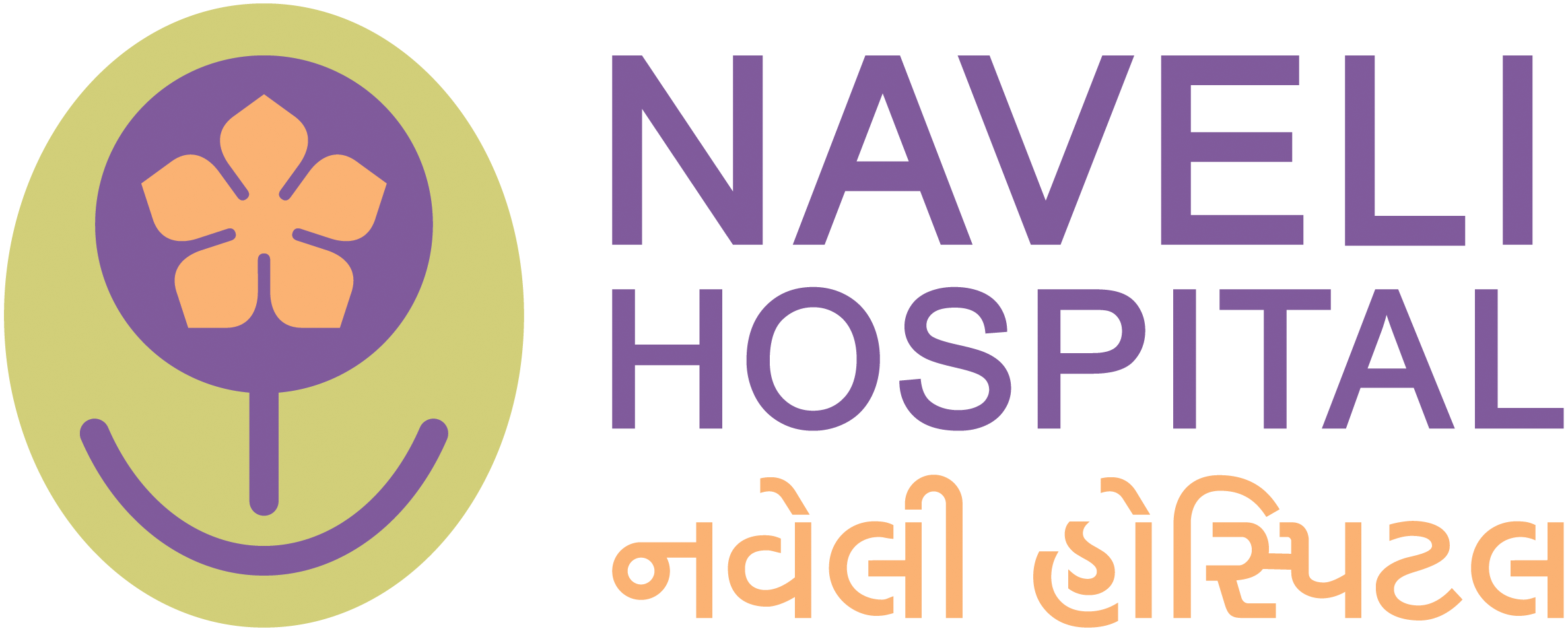Upper GI Endoscopy
An upper GI endoscopy is a procedure to diagnose and treatment in your upper GI (gastrointestinal) tract. The upper GI tract includes your esophagus, stomach, and the first part of your small intestine .This procedure is done using a long, flexible tube called an endoscope. The tube has a tiny light and video camera on one end. The tube is put into your mouth and throat. Then it is slowly pushed through your esophagus and stomach, and into your duodenum. Video images from the tube are seen on a monitor.
it is often used to find the cause of symptoms such as follows:
- Trouble swallowing
- Unexplained weight loss
- Upper belly pain or chest pain that is not heart-related
- Continuous vomiting for an unknown reason
An upper GI endoscopy can be used to identify disorders or problems such as:
- GERD (gastroesophageal reflux disease)
- Narrowing ( or blockages
- Larger than normal veins in your esophagus (esophageal varices)
- Redness and swelling (inflammation) and ulcers
- Tumors, either cancerous or non cancerous
- The stomach moving upward, either into or next to your esophagus (hiatal hernia)
- Damage caused by swallowing very harmful (caustic) substances, such as household detergents and chemicals
- Celiac disease
- Crohn's disease of the upper GI tract
- Infections of the upper GI tract
- Bleeding in the upper GI tract
